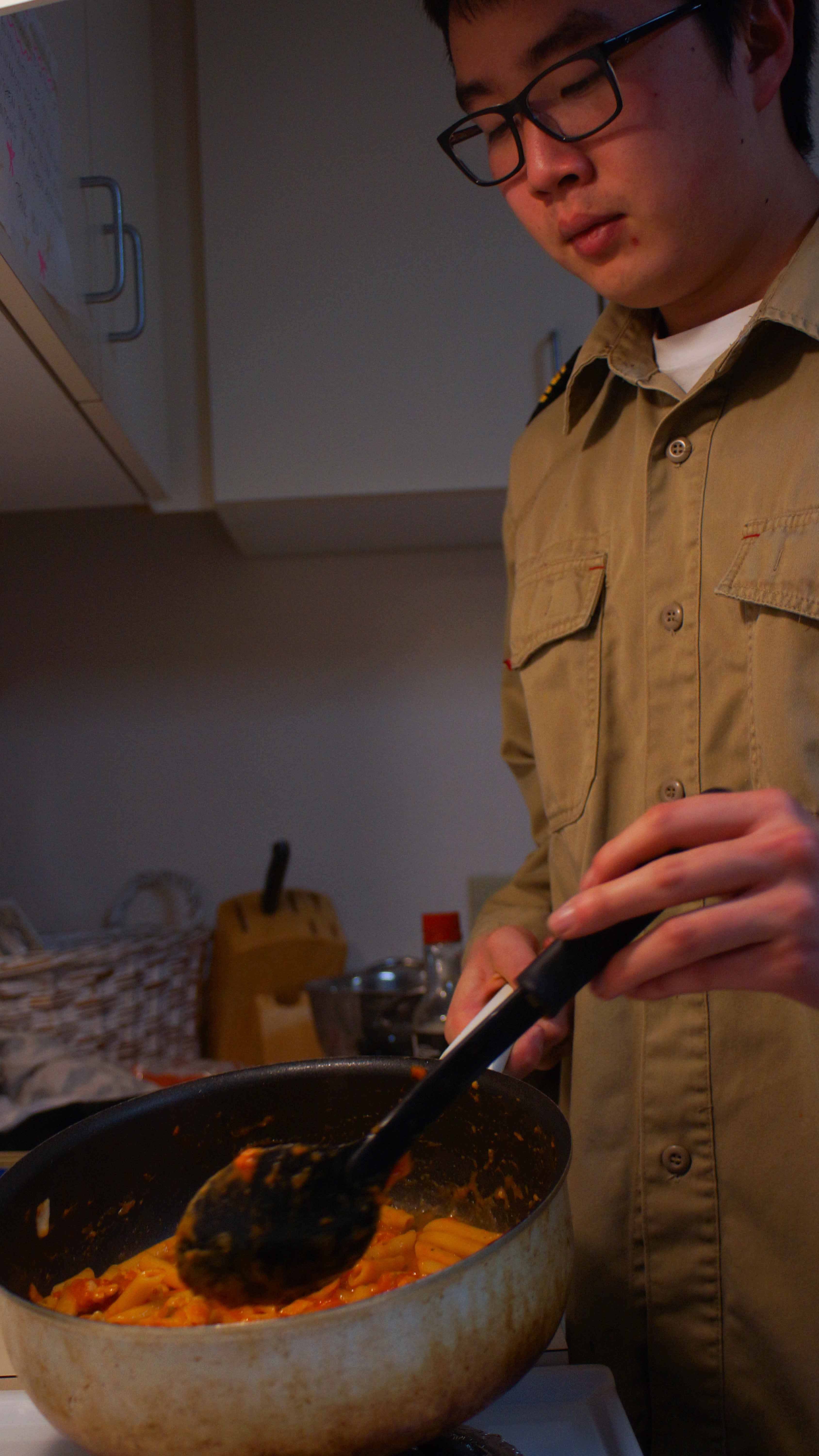Anybody else feeling a little betrayed by the weather this week? We had a few of those sunny days, but now they’re gone, never to return (or at least, that’s how it feels). February, you’re such a tease!
This time last year my parents decided they couldn’t stand the rain any longer and used their airline miles to take my little sister and me with them to Mexico, where there was so much sun to be had we just about fried ourselves trying to soak it all up.
This February, when it’s raining outside, I sometimes curl up with my Mexico pictures and cry into my tea.
The good news is, these pork carnitas do a pretty good job of cheering me up. They’re super easy to make, but you do have to have some time on your hands because they cook for about an hour and half.
The first time I made these I was astounded by how few ingredients go into the pork. The final flavor makes me think there must be 15 different spices in there, but it’s mostly just garlic and tomato paste!
Of course, there are many wonderful things you can put on top of them. I like to use avocado, black beans, red onion, cilantro, green salsa (which you can get fresh from the Met, if you’re feeling fancy) and sour cream, but you can use whatever sounds good, or whatever you have around. Who knows, maybe some lentils would be nice?
The original recipe comes from Cooking Light, but my step mom made a few changes that I think make the recipe even better. You can find her recipe at feastofjoy.blogspot.com, just look under “Main Dishes” and then “Pork.”
If you look at the recipe on Feast of Joy you will see that there are a few differences from the Cooking Light recipe.
For instance, you do not have to let the pork sit overnight in the fridge. Cooking Light suggests this so that you can more easily remove excess fat from the pork mixture, but I like that fat because it makes the end result taste better.
A few words to the wise, when you are trimming the fat from the pork, place the blade of your knife (the sharpest one you have) flat against the pork so that it can simply slide under the layer of fat on top.
This way you can almost always get all of the fat off in one fell swoop. (Well, maybe not the first time you do it, but you’ll get there).
Also, the recipe says you need a “stock pot,” but if you don’t have this or don’t know what it is, don’t worry. All you need is a pot with a lid. Make sure the pot is entirely metal, glass or ceramic (no plastic or rubber) and you’re good to go.
Just like with the veggie stew from last week, this dish will keep well in freezer bags. The one drawback to this meal is that there are no vegetables, but it pairs nicely with a simple salad that you could grab from the S.U.B.
Happy eating, and don’t forget to e-mail us at trailae@pugetsound.edu if you have something you want me to write about.

